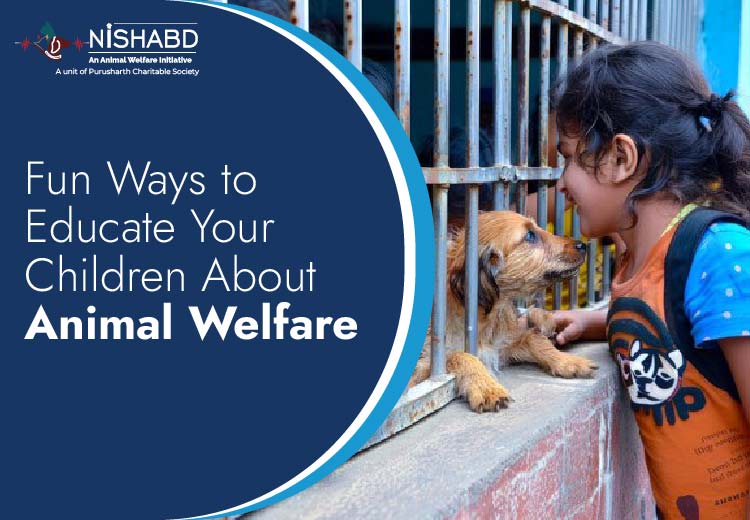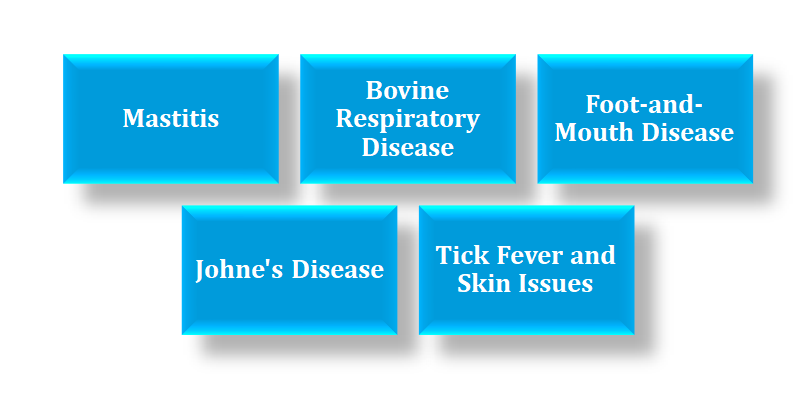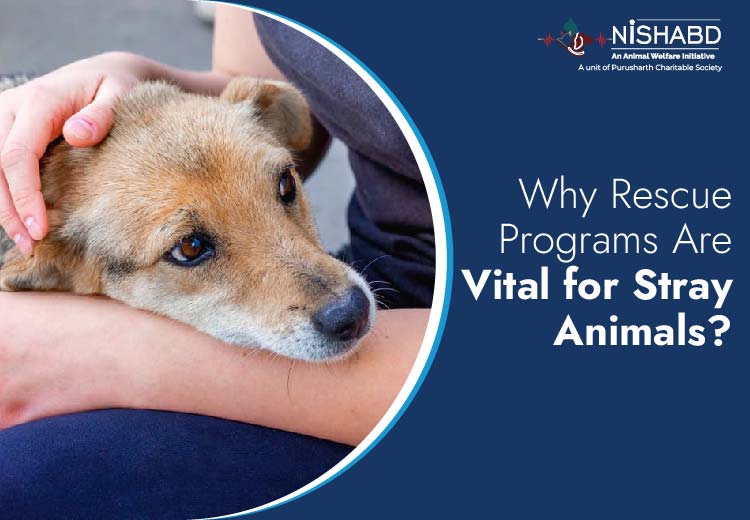Have you ever seen a thirsty bird searching for water on a rooftop or a stray dog looking tired in this intense heat?
These silent souls suffer quietly, and sadly, most people pass them by without a second glance. But you can be the difference.
Summers in India can be unbearably hot, especially for animals who live on the streets. With no shelter, food, or access to clean water, they are vulnerable to heatstroke, dehydration, and even death. This is why it’s important to know how to help animals in summer and take simple steps that can actually save lives.
Why Stray Animals Struggle in Summer?
While we enjoy fans, air-conditioning, and cold drinks during the summer, stray animals deal with:
- Hot concrete roads that burn their paws
- No access to shade or trees
- Shortage of clean water
- No proper food
- Risk of infections from heat sores and flies
- Heatstroke and fatigue
Knowing how to help animals in summer heat can make a big impact on their health, survival, and well-being.
Start With Water Bowls – It’s Life-Saving
How to help stray animals in summer? One bowl of water can save a life. Put clay pots and steel bowls that are filled with clean water in front of your home, within your colony, close to temples, parks and markets.
Tip: Always place the bowls in a shaded area and replenish them at least twice per day.
If it’s a dog, thirsty cow, a cat or even a thirsty crow this gesture of kindness could provide a huge amount of relief. It’s among the easiest methods to aid animals during the heat of summer.
Offer Safe, Easy-to-Digest Food
As humans do, animals also experience a loss of appetite in extreme temperatures. A little bit of food can be a big help.
You can make a donation:
- Baked biscuits or bread (unsalted) can be fed to the dogs
- Rice and Dal (without spices)
- Leafy leftovers or vegetable peels to cows
- Bird food such as bajra or Jowar is served on rooftops or balconies
Additionally, you can join or help support local chara drives or food distribution events which provide regular meals for stray animals. They are always available to help animals in summer. It is a growing trend within Noida as well as other towns to assist animals that are hungry during the summer months.
Create Shade & Safe Resting Spots
Hot surfaces such as roads and tiles could burn the feet of animals. Lying under the sun for long can cause heat exhaustion. Therefore, try:
- Animals can rest under porches, trees, or behind shops
- Lay on cardboard willows, Jute bags, or old doormats to dogs
- Have neighbors or guards ask to let dogs in near shaded gates
A cool, comfortable place to rest is an important step in helping animals that wander off during summer.
Be Kind While Driving or Walking
Accidents increase during summer as animals wander more for food and water. Always:
- Be cautious when driving in residential areas
- Honk gently near bends or shaded trees
- Beware of animals that are resting under vehicles
These tiny steps of vigilance are vital in order to ensure that animals during summer stay safe.
Provide Basic First Aid or Report Illness
Strays frequently suffer silently from:
- Wounds that are infected by Flies
- Eye infections resulting from dust
- A shaky ankle due to heat or road-related injuries
- Dehydration
If you can, keep a small first-aid kit that includes Betadine and cotton bandages. If the animal has a serious problem, call an NGO for voiceless in Noida or an animal vet in your area.
Join or Start Food & Chara Drives
In Noida, a lot of kindhearted people and NGOs have launched Chara drives (providing green grass for bulls and cows) along with food distribution and storage camps for dogs and birds. These drives usually take place in markets, parks and in close proximity to highways.
You can:
- Donate leftover rotis
- Donate food or waterpots
- Volunteer your time during weekends
Participating in such events can teach us about the true significance of human beings.
Spread Awareness, Build a Caring Community
Many people would like to help, but do not know how to help. So, you can:
- Make sure to share awareness posts on your society’s WhatsApp group.
- Inspire school children to put out bird feeders
- Talk to vendors about not shooing away strays
- Invite local RWAs to hold pet care events in the summer
Support from the community is essential in understanding how to assist the animals that wander around in the summer in a bigger, more consistent manner.
Nishabd – A Voice for the Voiceless in Noida
Nishabd is a name you should be familiar with if you’re searching for a reliable NGO for voiceless in Noida
But what is the difference?
This NGO for voiceless in Noida, just doesn’t believe in rescuing animals, they strive to prevent suffering before it starts. Chara drives help ensure that cattle and bulls in Noida are fed enough green grass during the peak of summer, particularly in dry regions in which natural grazing is not possible.
They also organize food drives for dogs that wander. Teams distribute healthy homemade food and water throughout the city. Nishabd’s rescue, shelter, and medical care facilities are open to volunteers, making it easy for citizens to help.
At its heart, Nishabd offers people a chance to show their compassion, because the love for animals isn’t just a feeling, it’s an obligation.
In Short – Here’s What You Can Do Today
- Place clean water bowls outside
- Feed dogs, cows, and birds with simple food
- Let animals rest in cool areas
- Report injured or sick strays
- Join local chara drives and food distribution efforts
- Be careful while driving
- Support a ngo for voiceless in Noida like Nishabd
- Inspire others to care
Final Thoughts
Animals may not speak, but their suffering is loud if we choose to see it. This summer, let your kindness be louder.
Learn how to help stray animals beat the summer heat, and act on it–even if it’s just placing one water bowl or giving one biscuit. Every small step counts.
And when you support groups like Nishabd, you’re helping create a safer, kinder world for those who need us the most.
Because helping animals in summer is not just about charity, it’s about being human!

















